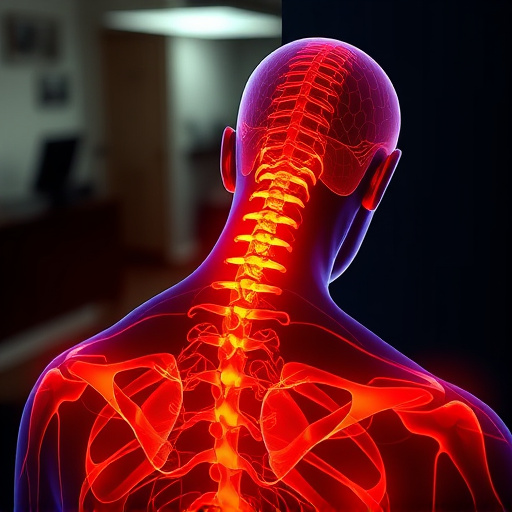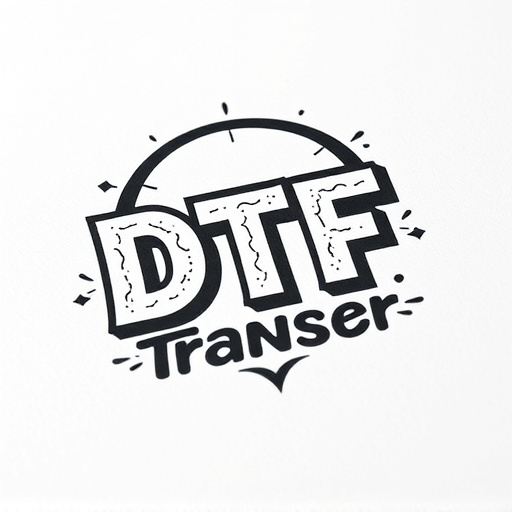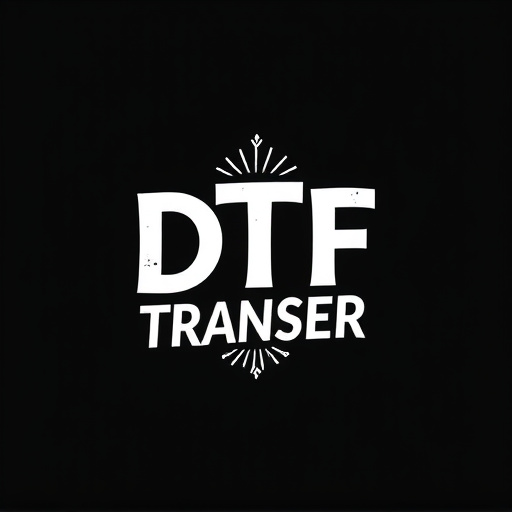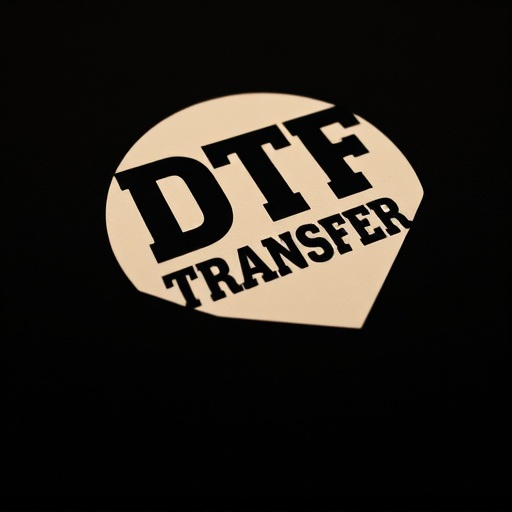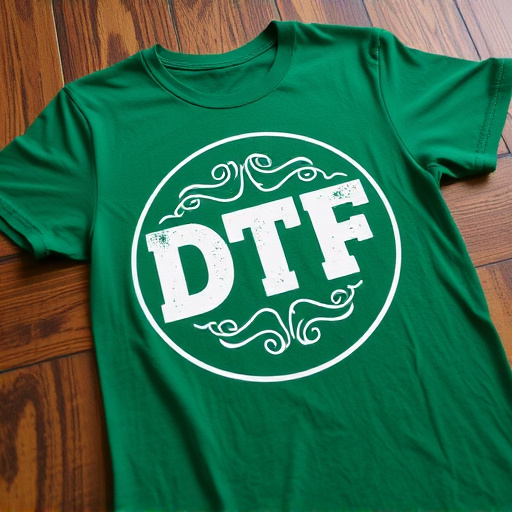Direct-to-Film (DTF) printing has revolutionized image reproduction by offering faster, more efficient, and versatile production of high-quality prints on diverse materials like fabric, paper, and metal. Adhesive powder, a key component, enhances print durability and quality by mediating the bond between film and substrate. The selection and application process of adhesive powder are crucial for achieving precise, detailed designs with minimal bleed or smudging. DTF technology's future looks promising, with advancements in adhesives and material science enabling finer details, enhanced color accuracy, and new applications like wearable tech and interactive displays.
Direct-to-film (DTF) printing, a cutting-edge technology, is transforming the way we create and apply graphics on various surfaces. At the heart of this process lies adhesive powder—a game-changer in the printing industry. This article delves into the intricacies of DTF prints, exploring the role of adhesive powder in creating intricate and durable transfers. From understanding the basic concept to deciphering the types of adhesives and their applications, we uncover the benefits, challenges, and future prospects of this revolutionary technology, all while shedding light on its SEO-driven potential through keywords like ‘DTF Prints’.
- Understanding Direct-to-Film (DTF) Printing: A Brief Overview
- The Role of Adhesive Powder in DTF Transfer Creation
- Types and Properties of Adhesives Used in DTF Prints
- Application Process: How Adhesive Powder Facilitates Transfer
- Benefits and Challenges of Using Adhesive Powder for DTF Prints
- Future Trends and Innovations in DTF Printing Technology
Understanding Direct-to-Film (DTF) Printing: A Brief Overview
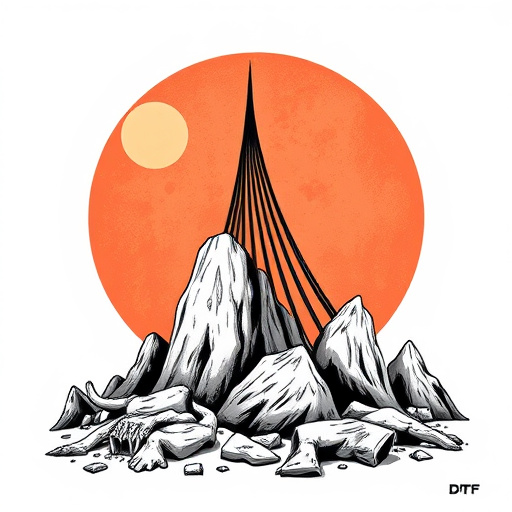
Direct-to-Film (DTF) printing is a cutting-edge technology that has revolutionized the way we create and reproduce images, especially in the realm of customizable products and on-demand printing. This innovative process eliminates many of the traditional steps involved in printing, making it faster, more efficient, and highly versatile. With DTF prints, designs are transferred directly onto various materials, such as fabric, paper, or metal, without the need for intermediate surfaces like plates or screens.
The adhesive powder plays a pivotal role in this procedure, acting as a crucial medium to secure the design on the desired surface. When combined with specialized inks and advanced printing techniques, it enables the creation of intricate and vibrant DTF prints. This method has gained popularity due to its ability to produce high-quality, personalized items swiftly, catering to various industries, from fashion and textiles to signage and promotional products.
The Role of Adhesive Powder in DTF Transfer Creation
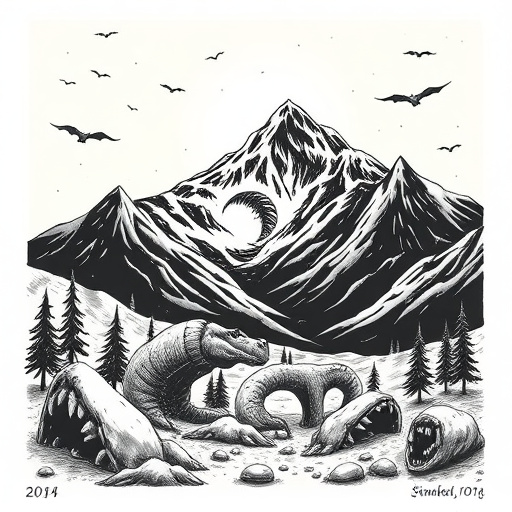
Adhesive powder plays a pivotal role in the creation of direct-to-film (DTF) prints, enhancing their durability and quality. During the transfer process, this fine material acts as a crucial liaison between the film and the substrate, ensuring a strong bond that withstands wear and tear. When combined with specialized inks and technologies, adhesive powder forms an integral part of the DTF printing system, enabling the production of vibrant, long-lasting images on various materials, from textiles to plastics.
The unique properties of adhesive powder contribute significantly to the versatility and efficiency of DTF printing. Its ability to adhere to both smooth and textured surfaces allows for a wide range of creative possibilities. Moreover, it facilitates rapid drying, streamlining the production process and making DTF prints a popular choice in industries demanding fast turnaround times while maintaining exceptional visual appeal.
Types and Properties of Adhesives Used in DTF Prints
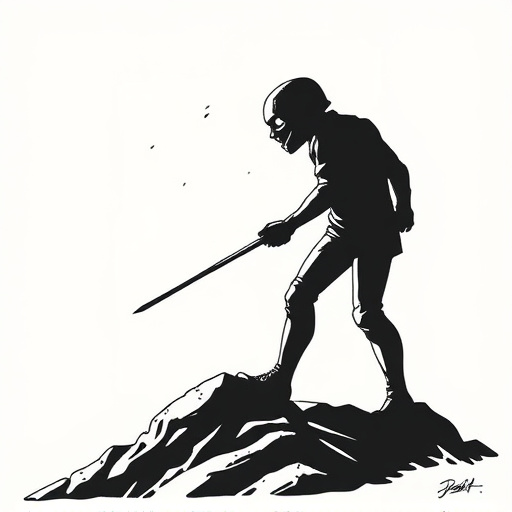
In the realm of direct-to-film (DTF) transfer creation, the choice of adhesive powder plays a pivotal role in ensuring high-quality prints. These adhesives are designed to bind materials permanently while maintaining compatibility with various substrates, from plastics and metals to textiles and ceramics. They come in diverse types, each offering unique properties tailored for specific DTF printing applications.
One common category is thermoplastic adhesives, known for their versatility and heat-activated bonding. These adhesives melt upon heating, creating a strong bond between the transfer film and substrate. Another type includes pressure-sensitive adhesives (PSAs), which adhere to surfaces by applying pressure alone, making them user-friendly and ideal for quick, no-heat applications. Additionally, specialty adhesives formulated with reactive compounds offer superior strength and durability, especially in challenging conditions like high temperatures or exposure to chemicals. Each adhesive type possesses specific characteristics that cater to different DTF printing needs, ensuring optimal results in terms of adhesion, flexibility, and long-term performance.
Application Process: How Adhesive Powder Facilitates Transfer

The application process of adhesive powder plays a pivotal role in achieving precise and successful direct-to-film (DTF) prints. This fine, powdery substance is meticulously coated onto the transfer film, acting as a crucial intermediate layer between the design and the final substrate. When heat is applied during the transfer process, the adhesive powder melts, creating a strong bond between the design and the material it’s being applied to.
The versatility of adhesive powder lies in its ability to facilitate intricate designs with varying levels of detail. For DTF prints, the powder ensures that even complex patterns and fine lines are securely transferred, maintaining the integrity of the original design. This precision is particularly beneficial for creating high-quality graphics on a range of materials, from textiles to ceramics, making it an indispensable component in the world of DTF printing.
Benefits and Challenges of Using Adhesive Powder for DTF Prints

Using adhesive powder in direct-to-film (DTF) transfer creation offers several significant advantages. Firstly, it enables precise and intricate design reproduction, making it ideal for detailed artwork and graphics. The fine particles of adhesive powder ensure even distribution when applied to the film, leading to crisp and clear prints with minimal bleed or smudging. This technique also facilitates faster production times compared to traditional methods, as it eliminates the need for lengthy drying or curing processes.
However, navigating the world of DTF Prints with adhesive powder isn’t without challenges. One primary concern is achieving consistent adhesion across different materials, especially when dealing with rougher surfaces. Proper preparation and surface conditioning are crucial to ensure optimal bonding between the film and the substrate. Additionally, managing dust control during application can be a task, as the fine powder may require specialized equipment and careful handling to prevent mess and contamination.
Future Trends and Innovations in DTF Printing Technology

The future of Direct-to-Film (DTF) printing looks promising, with continuous innovations pushing the boundaries of what’s possible. One key trend is the development of more advanced adhesive powders, which are becoming increasingly precise and efficient. These improvements allow for finer detail reproduction and enhanced color accuracy in DTF prints, making them even closer to the original art or design. Researchers are also exploring new materials and printing techniques to expand the range of applications for DTF technology.
Digital customization is another area where DTF printing is expected to thrive. With advancements in software and digital imaging, personalized DTF prints can be easily tailored to meet individual preferences and demands. This trend opens up exciting possibilities for industries such as fashion, packaging, and signage, allowing for mass customization at competitive prices. Furthermore, the integration of smart materials and interactive features into DTF prints could lead to innovative applications in fields like wearable technology and interactive displays.

